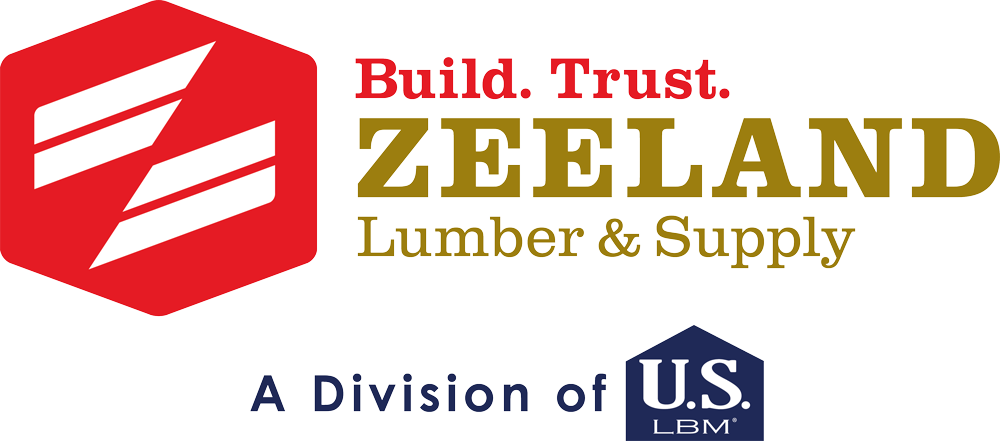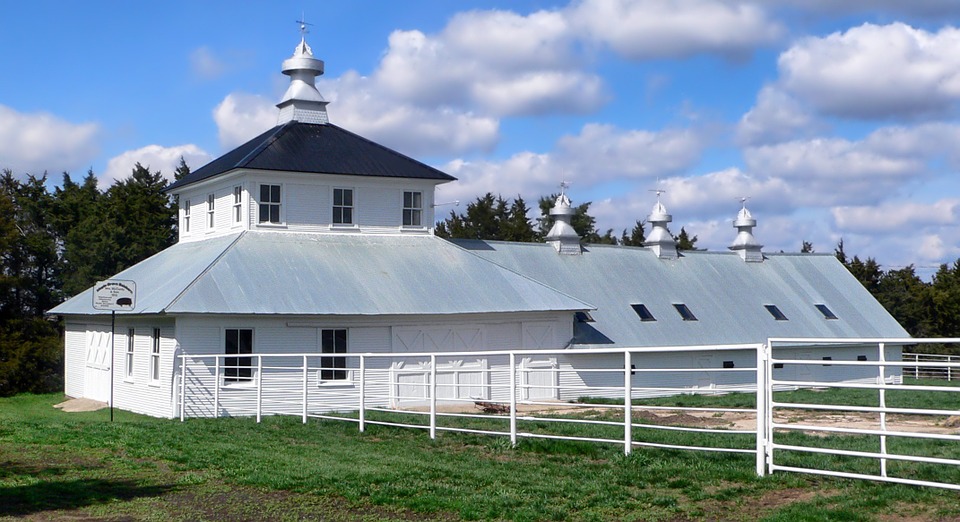When it comes to constructing any building, there are two primary methods to go about it. There’s stick frame building, the method we most commonly associated with home building, and there’s post-frame construction, the method used to build pole barns.
Both of these building methods have distinct advantages and disadvantages, but how do you choose which method is best for you? When it comes to stick frame vs. post-frame construction, what’s the difference, and how do you choose the best method for your application? Here’s a complete breakdown of both methods that you can use to help you decide:
What is Post Frame Construction?
Post-frame construction is a building method that makes use of large, foundational posts and roof trusses. Posts are typically buried 4-6 feet into the ground for support, eliminating the need for a basement or crawlspace foundation. Because roof trusses are secured directly to the foundational posts, post-frame construction has no need for interior load-bearing walls. This contributes to the post-frame building’s characteristic open interior spaces.
What is Stick Frame Building?
Stick frame building is what most people think of when they imagine home building. Stick frame projects are built on top of a concrete basement or crawlspace foundation and use interior walls for support. Stick frame buildings often have more complex wall framing structures than post-frame buildings and are well known for the design and style they bring to a traditional residential home.
Post-Frame Construction vs. Stick Frame Building: The Breakdown
With clear definitions of both post-frame and stick-frame construction, we can look more closely at the general differences, advantages, and disadvantages of both building options.
Foundation Requirements
Stick frame buildings require a support foundation, while post-frame construction does not. When it comes to cost, the advantage certainly goes to post-frame construction here.
In general, builders estimate that 15% of the cost of stick-built homes goes into the construction of the foundation. Since post-frame construction does not require a foundation or basement, the cost associated with these buildings is significantly lower. For some applications, however, like a residential home, a basement is an advantageous feature, and worth the additional cost.
Building Strength
Both stick frame and post-frame construction can deliver strong, durable buildings suited for year-round residence. That said, if you’re planning a large project like a livestock barn, post-frame construction is the better option. With sturdy posts installed directly into the ground, and attached to heavy-duty roof trusses, post-frame buildings can support very heavy snow loads and stand up to large gusts of wind.
Building Versatility
Post-frame construction is known for its versatility, thanks to its large, open interior spaces. If you’re working on any kind of commercial, industrial, or agricultural project, post-frame construction is likely the best option, as open interior spaces can be configured to suit any application.
Stick-frame building can be equally as versatile for residential applications but is not as well-suited to commercial or agricultural builds. Because stick-frame buildings do rely on interior walls for structural support, it’s difficult to achieve the same volume of open interior space in a stick-frame building. That said, stick-frame building is still a very versatile option, with unlimited design options, especially for residential homes.
Speed of Build
In general, post-frame construction is a faster building option. It requires fewer materials, less labor, and minimal excavation, which all add up to a considerably faster build time. Since most post-frame buildings make use of metal paneled roofing and siding, this also adds to the speed of the build. Whole metal panels can be secured directly to the posts of the building, a process that’s much faster than installing an asphalt shingle roof.
For stick-frame building, construction does tend to take a bit longer. Foundation concrete must be poured and cure, exterior and interior walls must be framed in, and more materials in general are used to assemble a stick-frame building. While a stick-frame building does take longer to construct, the benefits often outweigh the time for homeowners.
Building Insulation
Both post-frame construction and stick-frame building can procure well-insulated buildings. Recent advancements in technology have contributed to the overall energy efficiency of any building process. Nearly any building can be insulated to reduce costs associated with energy bills, and to create a secure energy seal.
That said, post-frame construction can contribute to a better-insulated building. Post-frame posts are typically installed about 8′ apart, significantly further than the stick-frame building’s 16-24 inches. These wide spaces in a post-frame building’s walls mean that insulation can be installed evenly, with minimal areas for energy transfer. Since insulation is broken every 16-24″ in a stick-framed building, there are more points for potential energy transfer there, making post-frame building the more energy-efficient option.
Post-Frame vs. Stick Frame: Which is Best For My Application?
Post-frame building is most commonly associated with outbuildings like pole barns, agricultural storage buildings, and livestock barns. It is a fast, economical building method that can produce standard-sized buildings in very little time. For any application that needs a strong, secure building up in a short period of time, and for the lowest possible investment cost, post-frame building is the best option.
Stick-frame building is a better option for more customized and residential buildings. For homeowners who enjoy a traditional, cozy house with interior walls separating bedrooms, kitchens, living rooms, and more, stick-frame construction is the best option. Stick-frame building also allows for a bit more customization. Since the building does not necessarily rely on manufactured components like roof trusses, you are free to design and configure the building to your liking.
In the end, the choice between stick frame building and post-frame construction really comes down to your application, and your personal preference. If you are looking for ways to save money, construct a building in minimal time and at an affordable cost, post-frame construction is likely right for you. If you are looking to build a home or residential property however, a stick-frame building might be the best option.
Whether you’re a builder looking for supplies for your post-frame construction project, or a homeowner with a DIY project in mind, Zeeland Lumber and Supply has all the materials you need to complete that project. Contact our team for product and brand recommendations, or to answer any questions you might have.


